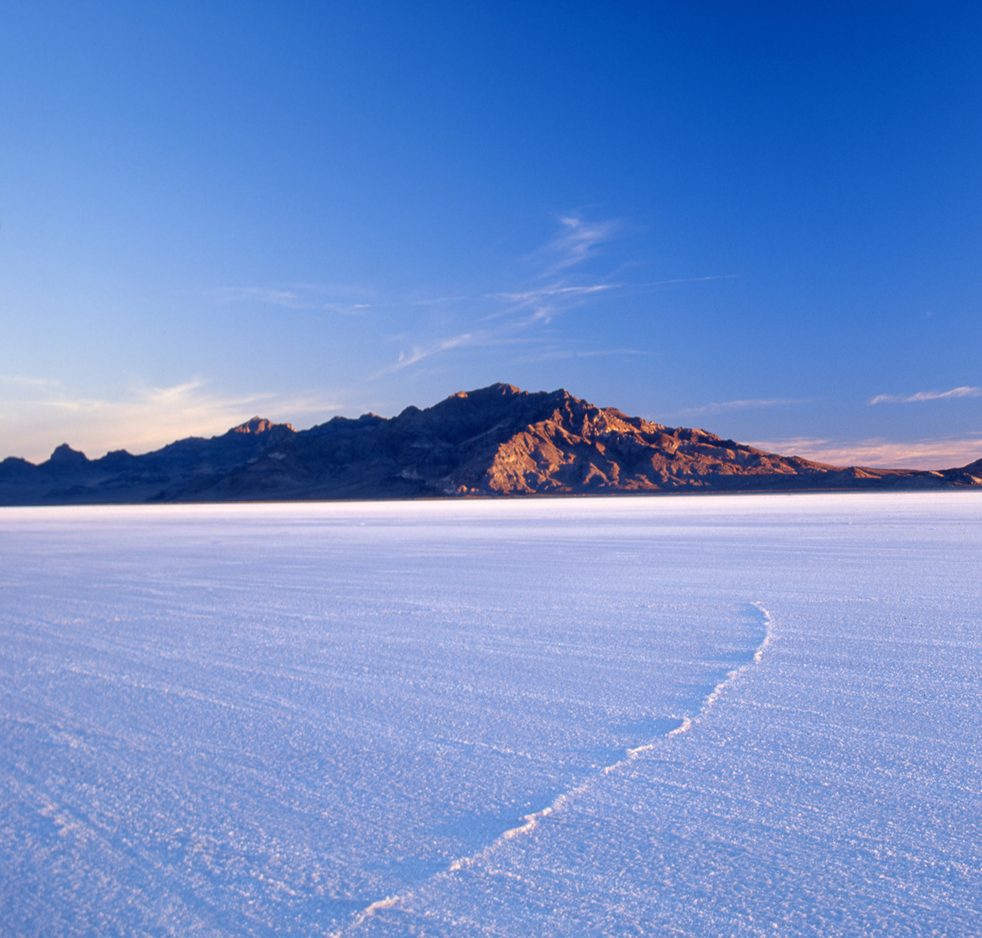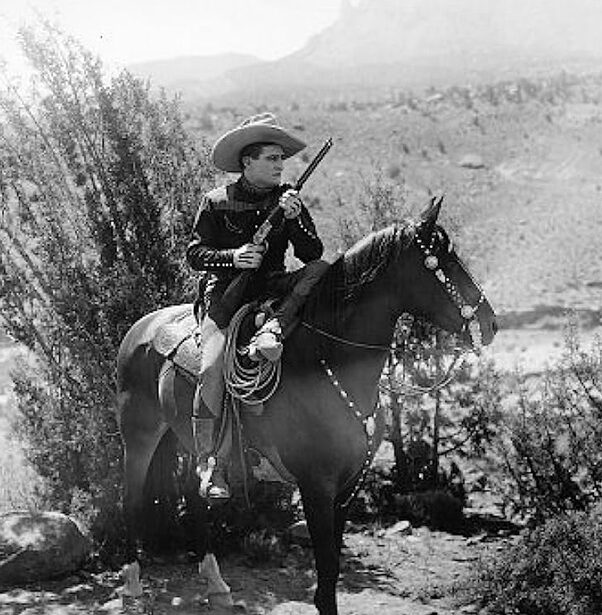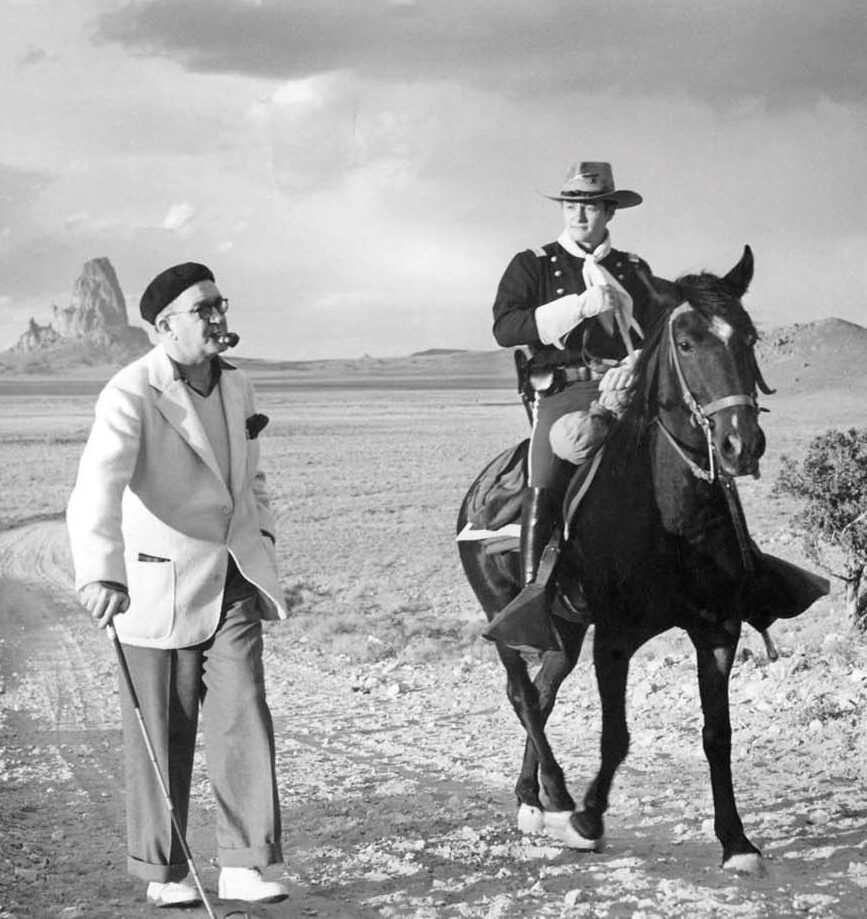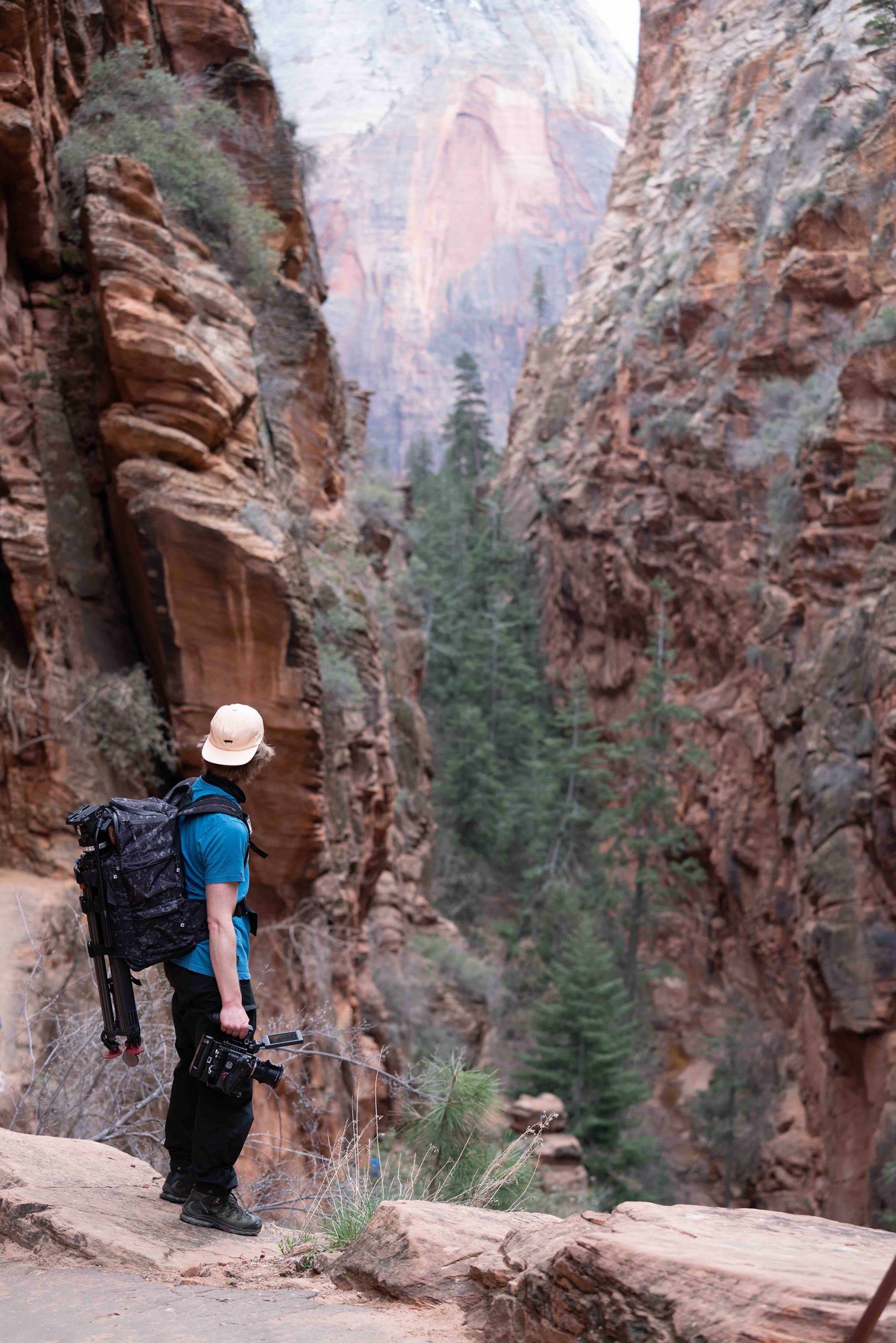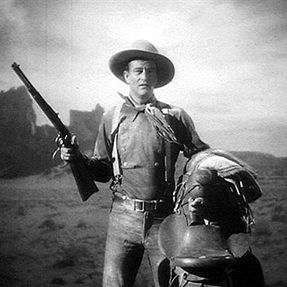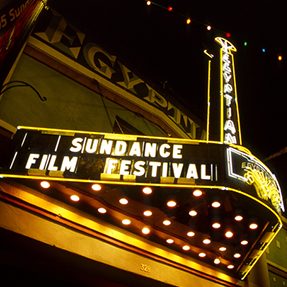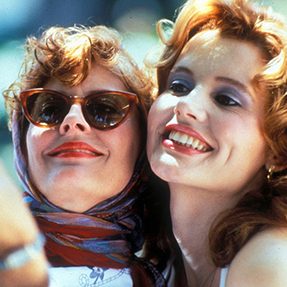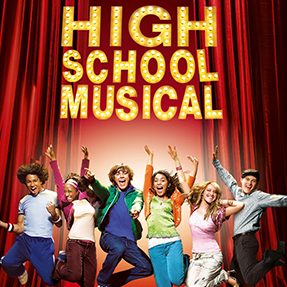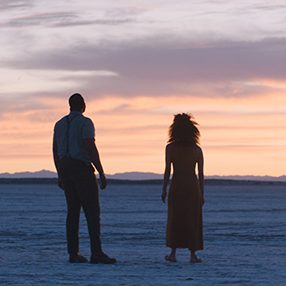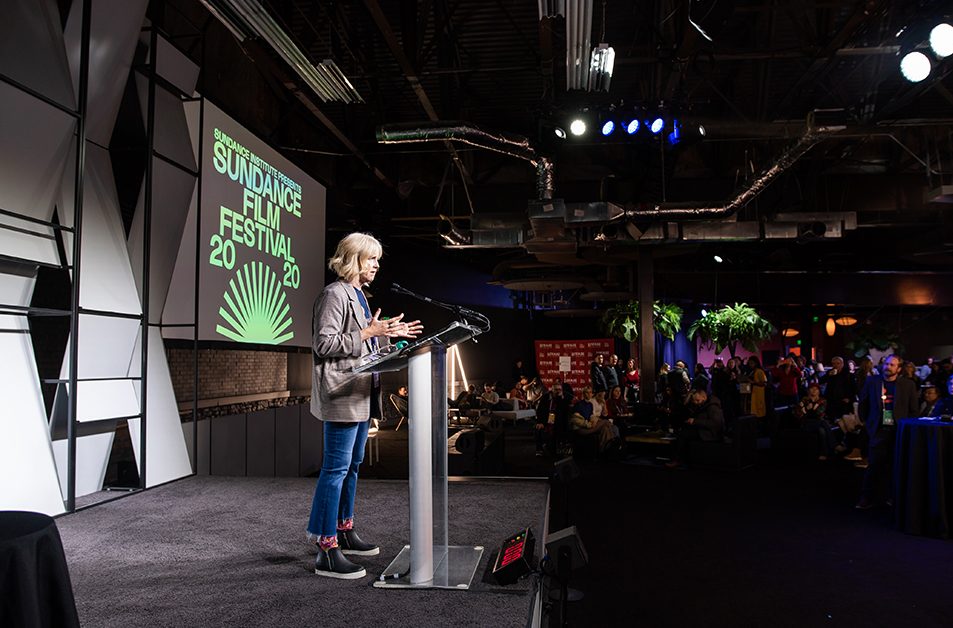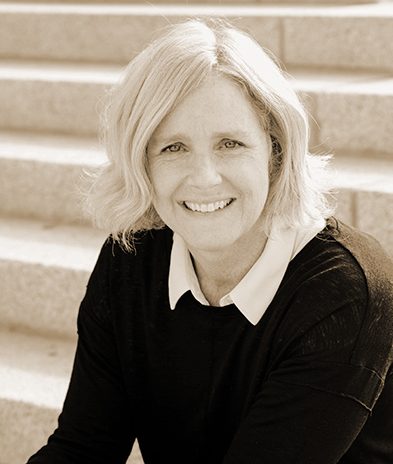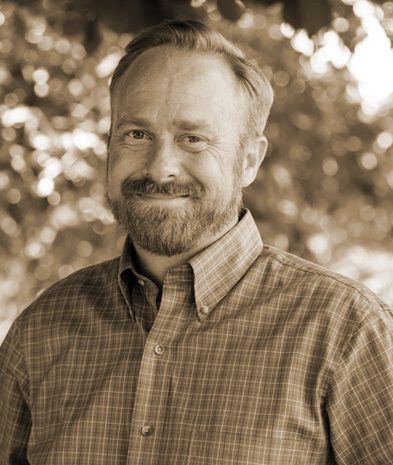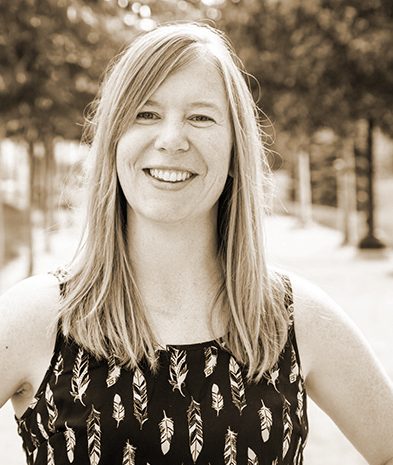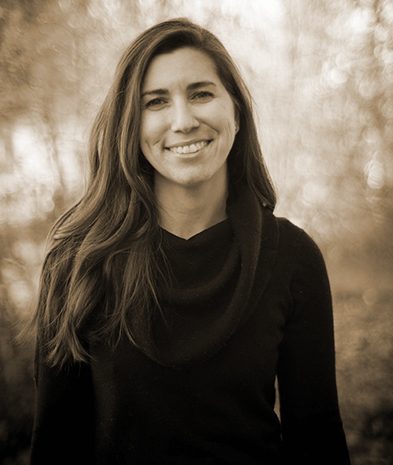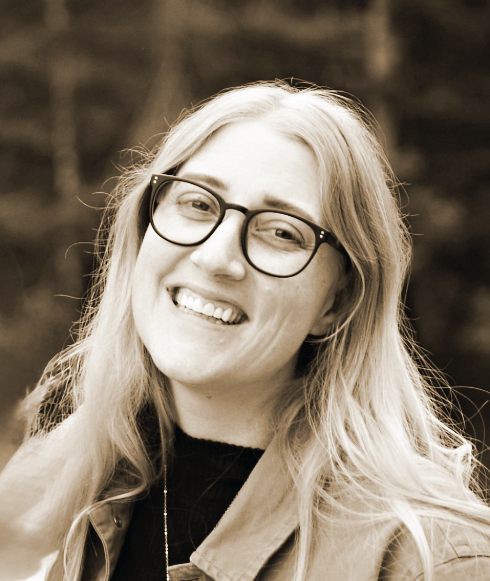The American West
In 1935, John Ford was looking to film a western on location – something that wasn’t really done at that time. He fell in love with photos of Monument Valley in Southern Utah and came out to shoot Stagecoach, the first of eleven classic westerns filmed in Utah that paved the way for an entire era of filmmaking – Drums Along the Mohawk, My Darling Clementine, Fort Apache, She Wore a Yellow Ribbon, Wagon Master, Rio Grande, The Searchers, Sergeant Rutledge, How the West Was Won, and Cheyenne Autumn.
Between 1930s – 1970 hundreds of westerns were made in Southern Utah – from Cedar City to Moab and Monument Valley – that captured the imagination of the American West and established Kanab, UT as “Little Hollywood”.
Robert Redford & Sundance
Robert Redford was already living in Provo Canyon by 1968. He was fresh from his role in Barefoot in the Park. He already knew and loved Utah and convinced director, George Roy Hill (who had been looking at New Mexico) to come and look at the St. George area for the new film Butch Cassidy and the Sundance Kid. This launched two things that have become synonymous for Utah – Sundance Resort and Sundance Film Festival.
In 1974 the Utah Film Commission was established to support the growing film industry.
Movies & TV Series
Looking for new places to film, television and movie studios alike flocked to utilize Utah’s unique locations and film-friendly environment. During the 1990’s Utah generated $200 Million in economic activity in production across the state from TV movies and series like Touched by an Angel and Everwood. Iconic films like Footloose, Thelma & Louise, The Sandlot and Forrest Gump also shot during this time.
Utah's Growing Industry
Looking to address the issue of the film productions moving out of state because of incentives offered, Utah began to offer a small incentive program in 2005, which eventually led to the ongoing Motion Picture Incentive Program we have today, which was set up in 2011 by the Utah State Legislature.
The Disney Channel discovered Utah’s “anytown USA” look and proceeded to shoot 27 movies in the state, including the much-loved High School Musicals, which made Salt Lake City’s East High the movie landmark it is today.
The rise of the Sundance Film Festival during this time meant that Utah became known not only as a place to make films but a place to show them. Thousands of film lovers come to Park City, UT every year to see the latest films and indie filmmakers have continued to seek out new places to shoot in Utah.
Utah. America's Film Set.®
The last 20 years have seen major changes in the entertainment landscape with independent movies and streaming channels creating more and more content, which has allowed Utah to continue its growth as a film industry hub. In the last five years, over half of the film permits issued occurred in rural counties, demonstrating the growing interest in the diverse locations off the Wasatch Front.
A recent amendment to Utah’s Motion Picture Incentive Program adds additional tax credits available for productions that shoot at least 75% of their production days in a rural county. This funding enables the state’s film industry to successfully retain interest from independent film production, many of whom are repeat customers or local filmmakers, while simultaneously working to attract higher impact studio productions to rural parts of the state.
